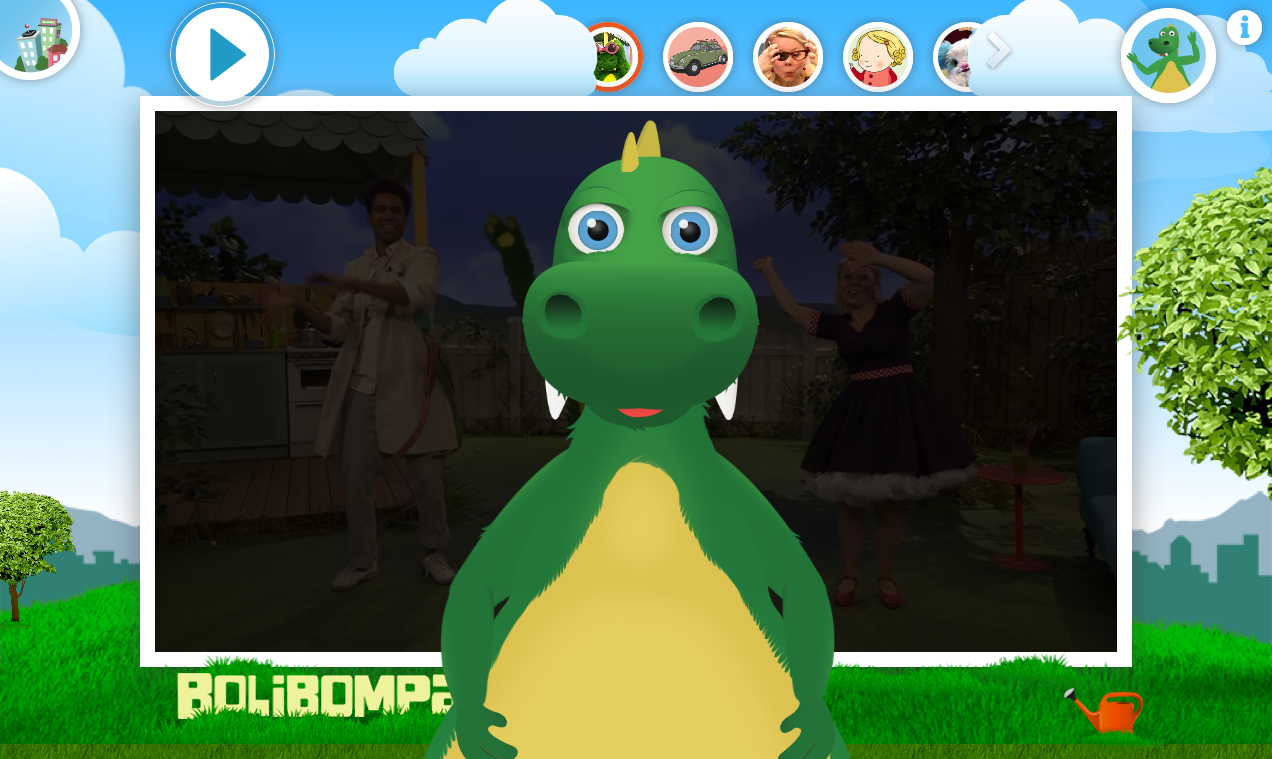As an Interaction Designer (IxD) I have the power to exclude poor people, people with low cognitive abilities and 1 billion illiterate persons from sites and apps that I help create. I can also help destroy our environment. Therefore I want to see the problems that exist and use my skills to help people be more free.
Today I had the pleasure of participating in a panel debate at the Student Interaction Design Research conference (SIDeR), “an international forum for showcasing research projects conducted by interaction design students”. The theme of the conference is “IxD in 10 years” so over the last few weeks I’ve been contemplating my work and how Interaction Designers can influence the future.
I believe that freedom is increasing in the world. Sure, anti-gay sentiment in Nigeria, Russia and Uganda is increasing and in absolute numbers more persons are slaves now then ever before. But at the same time fewer and fewer countries are poor and more and more people are literate. Here in Sweden gay marriage is already a non-issue and the fight to get trans* issues on the table is gaining steam.
As Interaction Designers we help build tools that help people increase their own freedom by expressing themselves, learning and communicating. I want to claim that we help create sites and apps that help build our society.
These tools, be it Facebook.com or the election site at SVT.se, has both content and an internal structure.
Content is created by us all on Facebook and by journalists and political candidates on the election site. We can all choose to ignore or embrace the presented content and that is part of being free.
The internal structures, however, are build by companies with the help of us IxD’s. These structures are login forms, commenting systems, navigation structures and such and they can cause so much loss of freedom!
An example: a simple registration form
Take the ubiquitous registration form – the wall between people and much info and many services online.
- Over 1 billion people can not read and write. ‘Nuf said?
- According to Malin Crona of Swedish accessibility specialists Funka Nu only 50% of persons with low cognitive abilities are able to complete even a very simple registration form on their own.
- Forms can “look good” without being built with code that adhere to HTML standards, thus blocking many accessibility tools from understand the form and thereby locking tool-using persons out.
- Registration forms often contain a field for gender with two options: male and female. For those who do not have such a narrow view on gender, the field can be impossible to fill in.
- Forms can be built with techniques that make them unusable on older devices such as the first generation iPad or devices with Android OS version 2.3. This will lock out poorer persons and can exaggerate our already dire environmental problems by encouraging early hardware upgrades.
We in the IxD community can help prevent many of these problems. In fact, it needs to be a pillar of our practice. But we can not design sites and tools that add freedom if we do not see the current problems and can glimpse better futures. We must therefor be on the look out for problems and solutions and dare to take a stand. We hold so much power – let’s use if for freedom!

